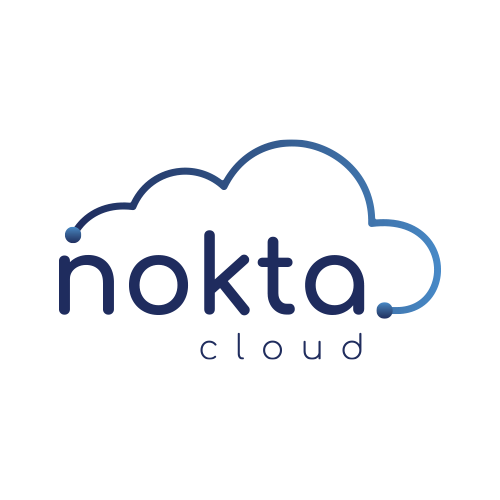Uptime Institute has created the standard Tier Classification System to effectively evaluate a business's data center infrastructure in terms of system availability requirements. The Tier
Classification System provides a consistent method for comparing facilities based on expected infrastructure performance or uptime. Tier standards allow companies' data center infrastructure
investments to align with business goals related to growth and technology strategies.
The Data Center Infrastructure Tier Standard defines the requirements and benefits of four distinct Tier classifications for data center infrastructure. Each Tier corresponds to a specific function
and determines the appropriate criteria for power, cooling, maintainability and fault handling capability. Tier standards are inclusive; Each Tier standard includes the requirements of all other
Tier standards below it.
In addition, Tier standards have proven to be a meaningful industry standard because Tier standards provide a variety of solutions that allow for flexibility to both meet performance objectives
and comply with local laws, rules and regulations. Tier standards encourage innovative engineering solutions and recognize that not all data centers are, and need not be, the same.
Tier I: Basic Capacity - A Tier I data center provides a dedicated venue (site) infrastructure to support information technology beyond an office environment. Tier I infrastructure includes dedicated
space for IT systems, uninterrupted power supply, special cooling equipment that will not shut down at the end of normal office hours, and a motor generator to protect IT functions from
extended power outages.
Tier II: Redundant Capacity Components – Tier II facilities include redundant critical power and cooling components to provide premium management opportunities and an increased margin of
safety against IT operational disruptions resulting from site infrastructure equipment failures. Backup components include uninterruptible power supply (UPS) modules, chillers or pumps, and
motor generators.
Tier III: Concurrent Maintainability – Tier III data center does not require any shutdown for equipment replacement and maintenance. Tier II redundant critical components include a redundant
distribution path for power and cooling so that any components required to support the IT processing environment can be shut down and maintained without impacting IT operation.
Tier IV: Fault Tolerance - Tier IV site infrastructure builds on Tier III and adds the concept of Fault Tolerance to the site infrastructure topology. Fault tolerance means that when individual
equipment failures or distribution path outages occur, IT operations are not affected by the events.
Tier I and Tier II are tactical solutions typically associated with initial cost and time to market rather than lifecycle cost and performance (uptime) requirements. Organizations choosing Tier I
and Tier II solutions typically do not depend on real-time product or service delivery for a significant portion of their revenue stream. Generally, these organizations are contractually protected
from harm resulting from lack of system availability. Strict uptime requirements and long-term viability are the reason for choosing strategic solutions often found in Tier III and Tier IV site
infrastructure. Tier III and Tier IV facility infrastructure solutions have effective operational continuity beyond the current IT requirement; It is used by organizations that are aware of the
negative impact of an outage on cost, revenue loss, reputation and service continuity.
Nokta Cloud serves its customers from its Tier III data center in Istanbul.
 Turkey (Türkçe)
Turkey (Türkçe)
 France (French)
France (French)
 Spain (Spanish)
Spain (Spanish)
 Germany (German)
Germany (German)
 Worldwide (English)
Worldwide (English)

